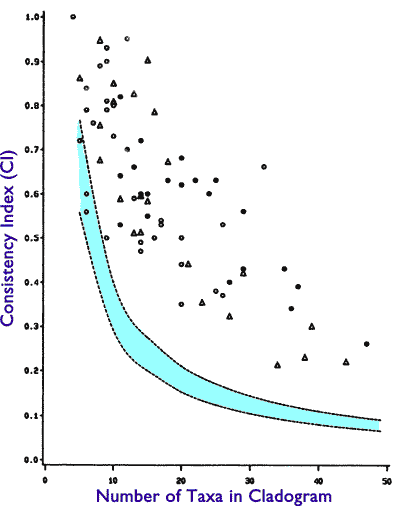[/quote]But I believe in Creation, not evolution, so I'll use Creation biologists; not evolutionary biologists.
I accept evidence based conclusions, so I accept the findings of any scientist who bases his findings entirely on the evidence regardless of his personal belief and reject those who bias their findings, regardless of their belief.
With this sentence he has stated that he already has his conclusion and is attempting to make reality conform to it. Point out that this is an illogical position and that he has just conceded that he is closed minded.

